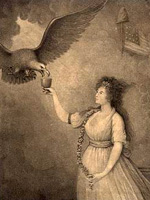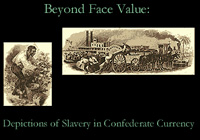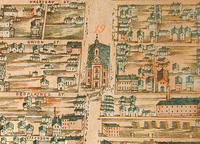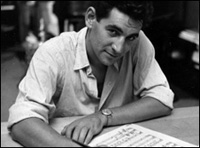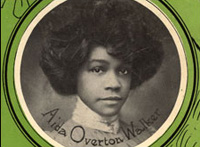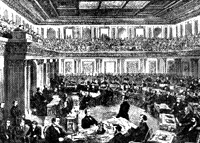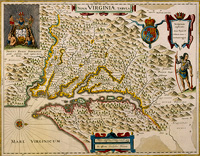Land of (Unequal) Opportunity
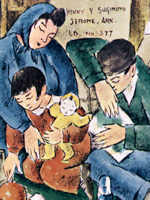
While many are familiar with the 1957 Little Rock High School integration crisis, far fewer students of U.S. civil rights history may be aware of the longer history of that struggle in Arkansas. This website includes more than 460 documents and images, including cartoons, court decisions, photographs, newspaper articles, letters, and essays related to that history. For example, an essay on the meaning of relocation written by a high school student at Arkansas's Jerome Relocation Center in 1943 brings a more personal perspective to the story of internment, as the student describes the ways in which members of her community have struggled between the "fighting spirit" and the "giving up spirit." Users new to civil rights history in Arkansas may want to begin with the extensive timeline that describes events from the arrival of slaves in Arkansas in the 1720s to a 2006 State Supreme Court ruling that struck down a ban on gays serving as foster parents. The website also includes 10 lesson plans geared for middle school students that make use of the website's resources—such as a speech given by Governor Oral Fabus in 1958. An extensive bibliography of secondary sources related to many aspects of civil rights, including African American, gay and lesbian, and women's issues, Japanese relocation, religious intolerance, political rights, and anti-civil liberties groups and issues, is also available.

